
Keeping fish is a natural part of having a water garden. In addition to their appeal as pets they are a part of your pond’s ecosystem. In order to maintain the health of your fish some basic precautions are necessary. It is important to keep the right amount of fish for the pond size, feed properly, and monitor the water. Since a backyard pond is not a natural environment it is the responsibility of the pond owner to govern the conditions.
How Many Fish Can I Have
The stocking level of the pond is critical to the health of your fish. Too many fish leads to decreased oxygen levels and the extra fish waste leads to ammonia and nitrite build-up. To a certain degree, your fish load can vary based on your level of filtration. A pond with an undersized filter will not be able to keep as many fish, while an oversized filter will allow you a few extra fish. With an average-sized filter, your preferred stocking level will be based on surface area of the pond.
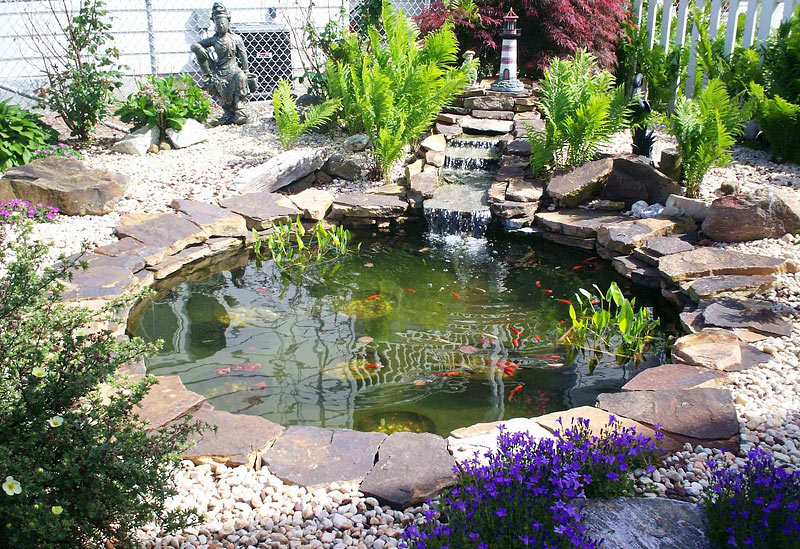
For goldfish you can keep one average size fish for every 3-4 square feet of surface area. For koi, it should be limited to one fish for every 10 square feet of surface area. For example; a 10 x 10 pond will have a surface area of 100 square feet (assuming that it is a perfect rectangle). With an average filter this pond could house up to 30 goldfish or 10 koi. Of course, keeping fewer than this would make keeping good water quality even easier.
Pond Fish Feeding Dos & Don’ts
There are two main aspects to properly feeding your pond fish. These are feeding the right foods and feeding in the right amounts. Each time you feed your fish, whether its three times a day or three times a week, you need to make sure you feed only what they can eat in 5 minutes. A little experimenting can teach you how much to feed. If, five minutes after feeding, there is still uneaten food you know to not feed that much next time.
Determining what and how often to feed your fish depends primarily on water temperature. In warmer water (60-85 degrees) the metabolism of the fish is high and they can be fed 2-4 times per day. At this time you should be feeding a food with a high protein level such as Pond Care Summer Staple Food.
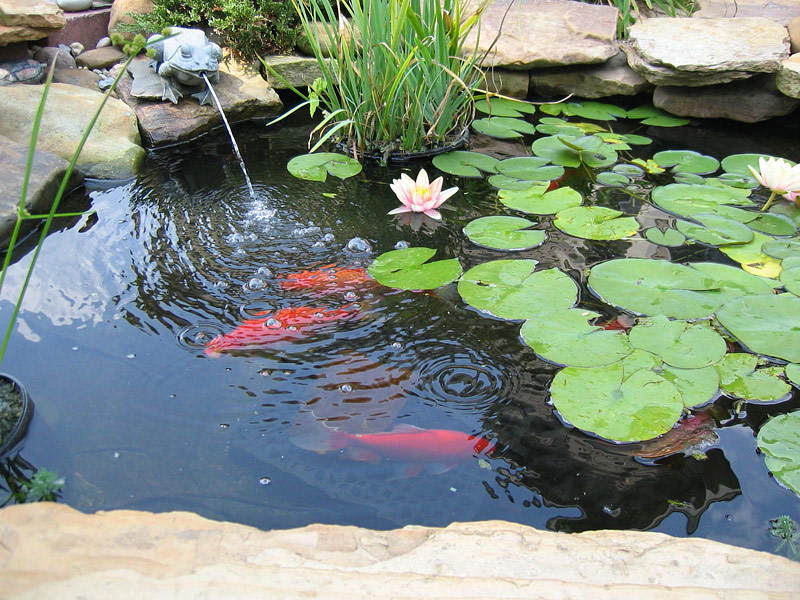
If the water rises to 90 degrees or above you should stop feeding. In spring and fall when your water temperatures fall to 50-60 degrees, you should reduce feeding to once every 1-2 days and feed a low protein food such as Pond Care Spring and Autumn food. When the temperatures drop to below 50 degrees stop feeding the fish.
On warm days the pond fish may become active and “beg” for food. Don’t be fooled. Stay strong and do not feed. If the fish do need a little food, they will find enough growing in the pond. The algae that coats the pond liner is all they need. These cold temperatures slow the metabolism of your pond fish and food will not be properly digested. It can take 3-4 days for the fish to digest the food. It’s not worth the fish’s life to give it food.
Water Quality
Water quality is very important to the health of your pond fish. Poor water conditions stress fish. A stressed fish is more susceptible to disease. One of the most important things for water quality is to make sure toxins are not getting in the water from fertilizers or pesticides. Don’t spray anything near the pond and make sure rain run-off does not flow into the pond as this can carry these very toxic chemicals. Some of the other factors in water can be tested, such as pH, ammonia, and nitrites.
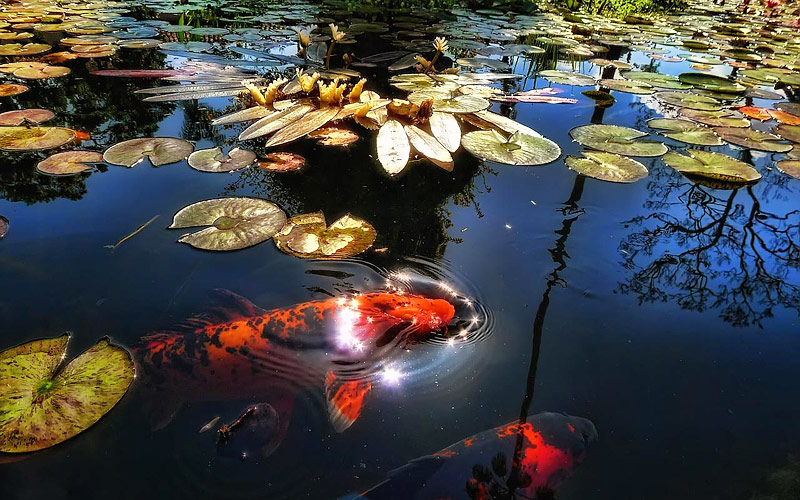
A pH level of 6.6 to 8.4 is safe. The idea range is 7.0 to 7.8. If it becomes necessary to adjust the pH it should be done gradually as a sudden pH can cause severe damage. Ammonia should be zero. Any level of ammonia can be a problem. Note that ammonia is more toxic in higher pH ranges.
The nitrite level in your pond water should be zero
If your ammonia or nitrite level is high it tells you that you either have too many pond fish or your filter is not doing its job adequately. Another possibility is that your filter may not have had time to cycle if it is a new pond. As with a new pond, a filter that has been shut off for the winter will need time to mature. This can take several weeks. A partial water change should be performed to dilute the high ammonia or nitrite problem during this time.
It is best to set up a regular routine of water testing. Once a week is recommended, more often if you experiencing problems. Make sure you test your pond at the same time of day each test. The pH level can fluctuate throughout the day.


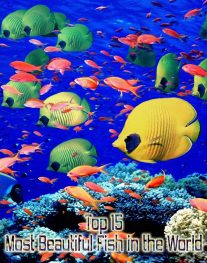
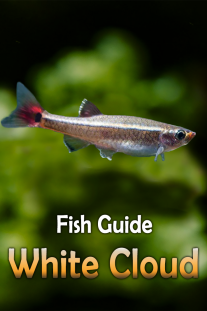
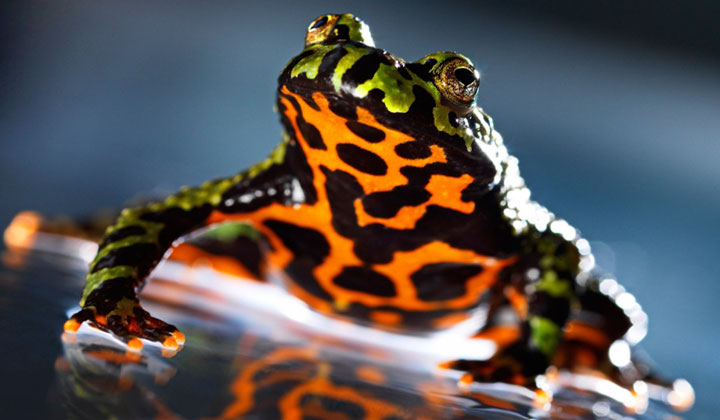
Leave a Reply